Volvo’s New VNL: Groundbreaking innovation or pure marketing hype?
Volvo’s New VNL: Groundbreaking innovation or pure marketing hype?
Volvo claims that its new VNL is “designed to change everything”. Is this valid? Or is the claim pure marketing conjecture? CHARLEEN CLARKE flew to Dublin, Virginia, to find out.
With an investment of US$400 million in a new state-of-the-art cab plant and various upgrades at the New River Valley plant, Volvo Trucks North America is certainly throwing big dollars into the new truck. But does the new VNL truly change everything and revolutionise the trucking industry, or is this claim merely a marketing ploy?
Peter Voorhoeve, president of Volvo Trucks North America, certainly believes that the former is valid. “The all-new Volvo VNL was designed to change everything. However, change doesn’t only come with a redesigned truck – this product introduction is the start of a new era for Volvo Trucks, our customers, and their drivers,” he states. So, let’s see if the VNL lives up to these bold assertions…
Hey, good looking!
The first thing that you notice when looking at the new VNL is obviously its big, brash, bold, in-your-face exterior. The chunky angular design and the highly innovative windscreen, raked at 52 degrees, certainly do change everything in the world of trucking. There’s no other truck that looks quite like it. But, while change is good (and it’s what we’re looking for here), it’s important to note that Volvo didn’t introduce change simply for its own sake.
Aerodynamic resistance plays a huge role in a truck’s fuel efficiency, and Volvo’s latest VNL model is taking that challenge head-on. That wedge-shaped cab and dramatically reimagined windshield cut through the air more smoothly – leading to an impressive boost of up to 10% in fuel efficiency.
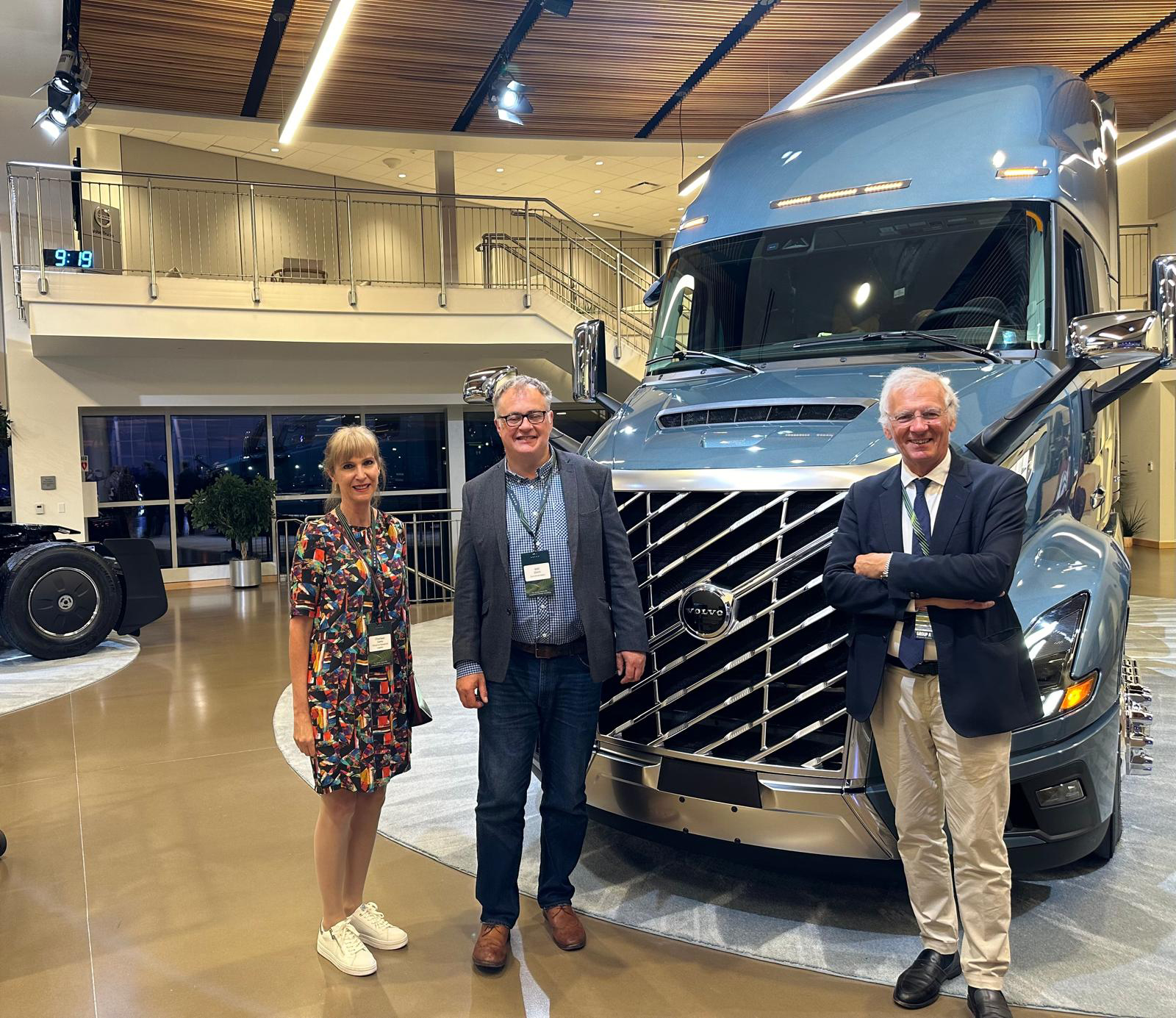
Incidentally, that cool wrapped windshield is also a shot in the safety arm – because, when you’re behind the wheel, you really can see forever.
Interior will lure drivers
The interior of the truck is equally impressive. Astute transport operators will tell you that driver comfort and well-being are crucial – both for productivity and retention. The latter is especially important given the dire shortage of truck drivers in the United States (the American Trucking Association estimates a shortage of roughly 60,000 drivers in today’s market, with the shortage expected to grow to 82,000 by the end of the year).
The new VNL addresses this issue with its driver-centric design that focuses on creating a “home away from home” experience. From the Global Rear Air Suspension (GRAS) system that ensures a smoother ride, to the redesigned cab interiors that include larger refrigerators, improved insulation, and folding bunks for easier access, it’s a super impressive interior.
With features such as Volvo’s ultra-quiet, integrated Parking Cooler – which eliminates the need for idling while keeping the cabin comfortable – and the Volvo Smart Suspension system, which adapts to various road conditions, the VNL is certainly changing everything.
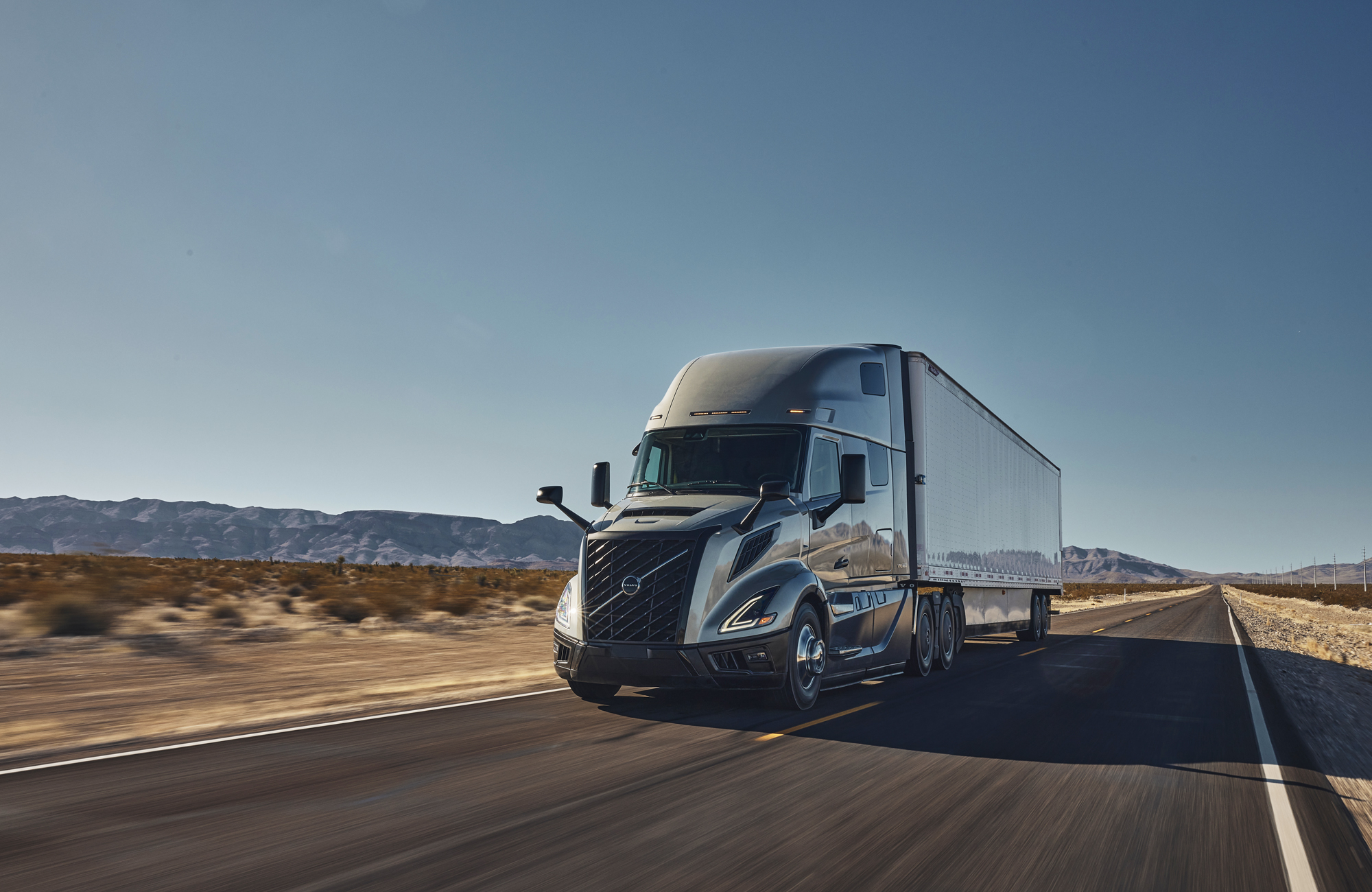
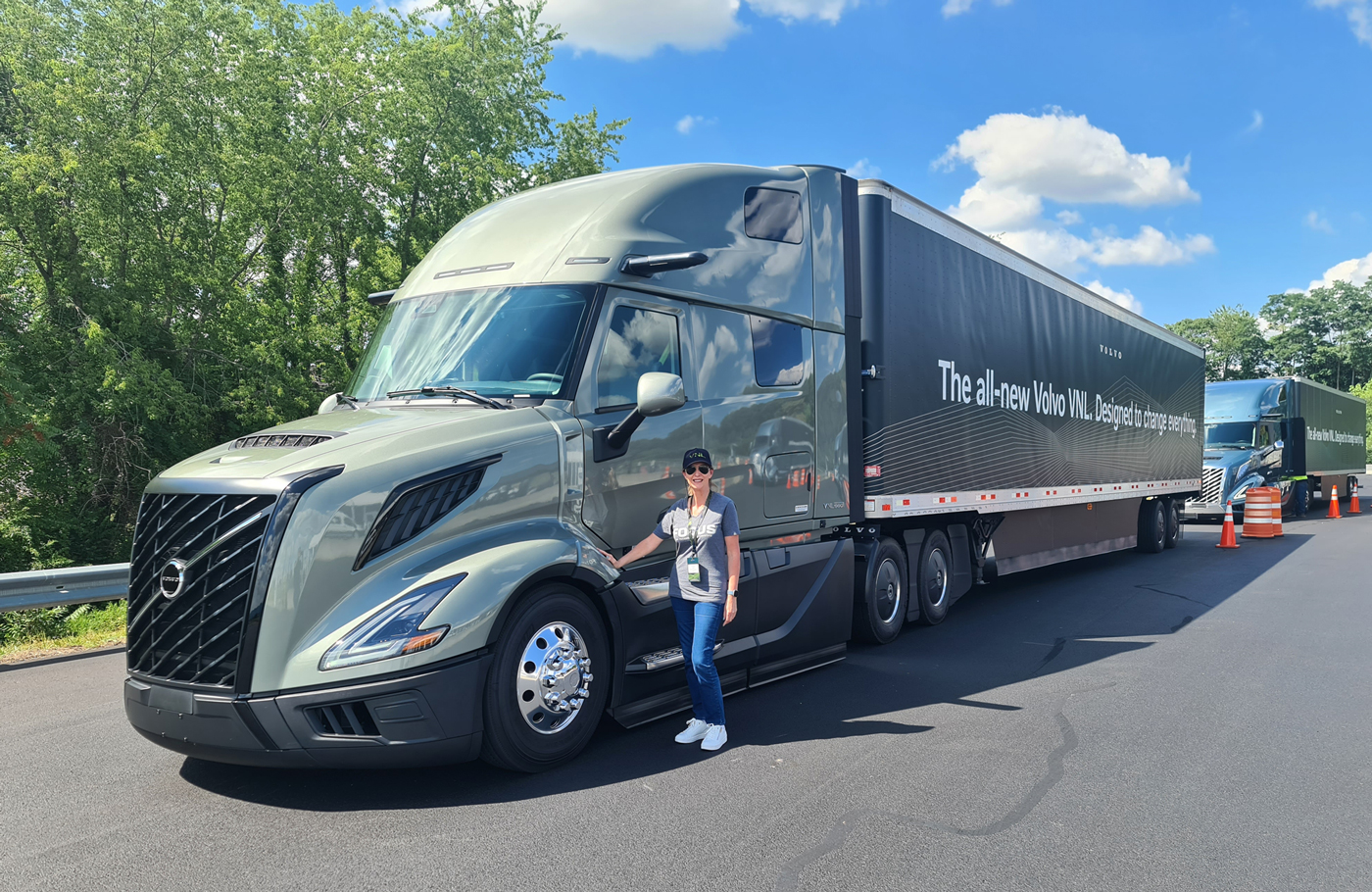
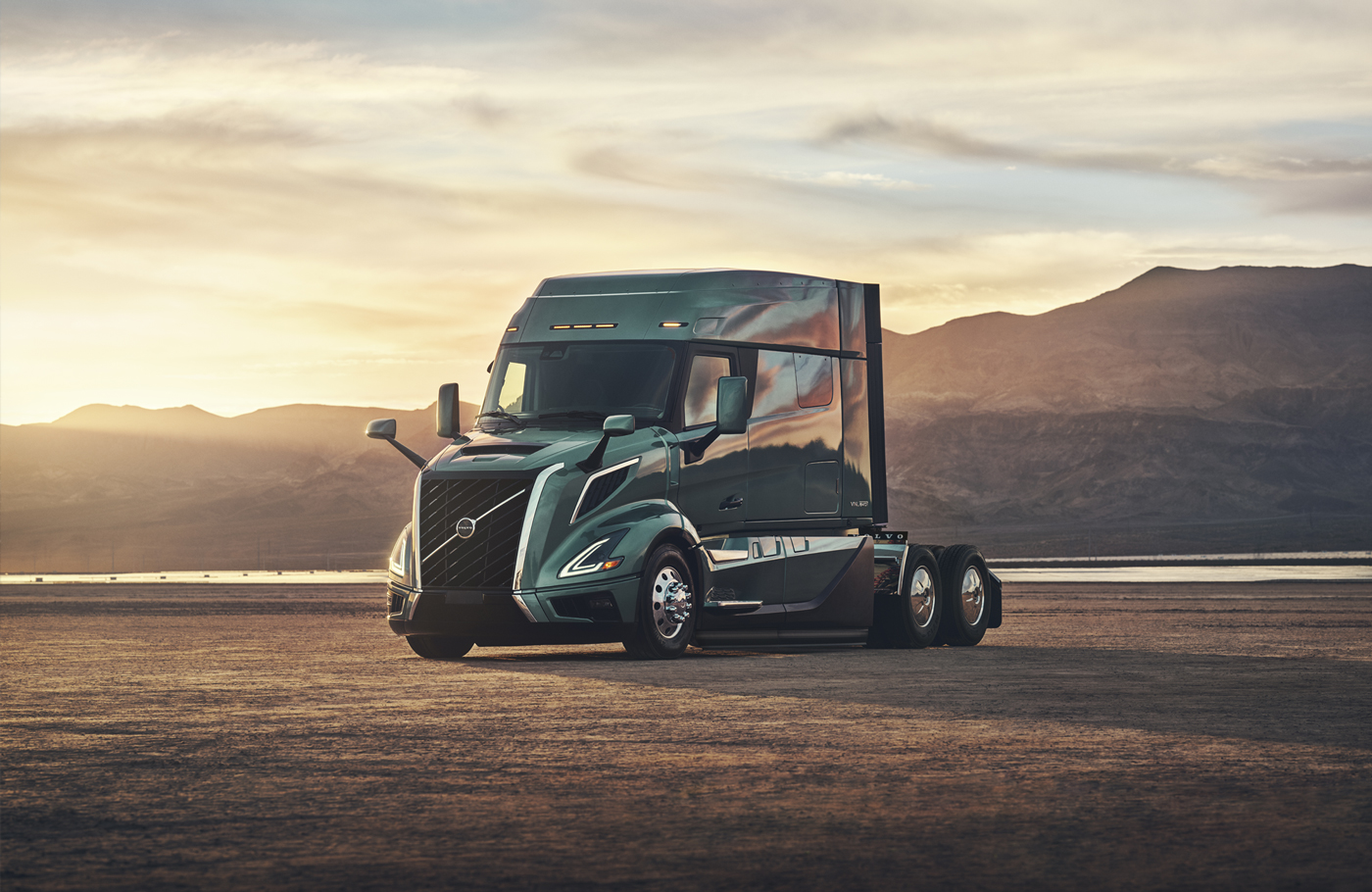
“Most fuel-efficient truck”
Volvo’s engineers must have done some serious head scratching when it came to the drivetrain. After all, they were sitting with the Volvo D13 engine and I-Shift transmission. This duo is to trucking what Taylor Swift is to pop music. But, huge kudos to them, they took the Taylor of drivetrains and made it even better.
Key updates to the D13 engine include a new wave piston with a shorter height and a longer connecting rod, smaller injector needle control valves, a variable vane oil pump, and improvements to the turbo compounding (TC) unit and turbocharger. To maximise the fuel efficiency of the I-Shift transmission, engineers have made changes that improve shift speeds by up to 30%.
The launch of the all-new Volvo VNL brings many improvements to the D13 engine. The engineers focused on enhancing combustion, reducing friction, and strengthening reliability, all while cutting down fuel consumption to increase uptime and profitability for customers. For instance, the smaller needle control valves in the fuel injectors allow for better fuel flow into the D13 engine’s combustion chamber. The reduced size of these control valves ensures more precise and rapid control over the fuel flow rate from the injector tip, which leads to better fuel atomisation and, ultimately, improved combustion efficiency.
In this regard, Magnus Koeck, vice president of strategy, marketing, and brand management at Volvo Trucks North America, makes a particularly bold claim: “The new VNL is the most fuel-efficient production truck, bar none.”
His boss, Voorhoeve, is similarly pleased with the results of the engineers’ efforts. “Setting the new standard for the North American trucking industry, these efficiency improvements represent not only a quantum leap forward in the way our customers do business, but also in our collective efforts to reduce carbon emissions,” he maintains.
It is interesting to compare the impact of the potential savings in the new Volvo to the impact of battery-electric trucks. “A 10% saving in a nearly 300,000-strong Class 8 truck market would equate to the same carbon reductions delivered by 30,000 battery-electric Class 8 trucks,” he reveals.
Now that is interesting! And, indeed, a game changer.
As safe as a Volvo
As is common knowledge, safety is a core tenet of Volvo’s brand identity, and the new VNL continues this tradition. The new truck introduces Volvo Active Driver Assist Plus with Pilot Assist, a semi-autonomous driving feature that provides active lane centring and adaptive cruise control. It includes pedestrian detection, which automatically triggers emergency braking when detecting pedestrians or cyclists – a critical feature given the increasing number of traffic accidents involving non-motorised road users.
E-Call, a first-of-its-kind automatic 911 crash notification system, sets a new benchmark in the industry. This industry first connects the driver to emergency services and provides precise location details in the event of a rollover crash or airbag deployment. The cab is built with high-strength steel and features energy-deflecting designs that protect occupants in the event of a collision.
Marking another industry-first in North America, the Volvo VNL also introduces side-curtain airbags. These extend along the doors and windows, providing superior protection during a rollover.
Experts at the launch event in Dublin, Virginia, stressed over and over again that these features (and many others) are not just about meeting regulations; they are about redefining safety in the trucking industry. The enhancements certainly do make a compelling case for the claim that the new VNL is designed to “change everything”.
Driving into the future
Yet another area where the VNL seems to be “changing everything” is in connectivity. The integrated Volvo Connect platform offers a one-stop solution for fleet management, providing vehicle data insights, diagnostics, remote programming, fuel economy reports, and more. This system empowers fleet managers to make data-driven decisions that enhance both efficiency and safety.
The new MyTruck app is another innovative addition, allowing drivers to monitor their trucks remotely, check fuel and DEF levels, and receive alerts about potential issues. Such connectivity not only boosts uptime, but also enhances the overall user experience – a key selling point in an increasingly digital world. Volvo’s commitment to improving uptime is evident in its claim that VNL owners can save US$4,435 per truck annually through these increased efficiencies.
Groundbreaking or just good marketing?
After delving into the technological advancements, design improvements, safety enhancements, and strategic investments underpinning the new Volvo VNL, it becomes evident that Volvo’s claim of “changing everything” is more than just a marketing gimmick. The VNL represents a comprehensive redesign that addresses key industry trends – fuel efficiency, safety, driver comfort, and connectivity – all while setting new benchmarks in the trucking sector.
The new Volvo VNL, with its blend of cutting-edge technology and practical benefits, appears poised to shift the landscape of the North American trucking industry. So, is Volvo’s claim valid? The evidence strongly suggests that it is. With a combination of impressive fuel savings, good safety features, unparalleled driver comfort, and forward-thinking connectivity solutions, the new Volvo VNL isn’t just a step forward; it’s a jump (and a rather large one at that). In an industry that’s evolving as fast as trucking, this could by all means change everything.
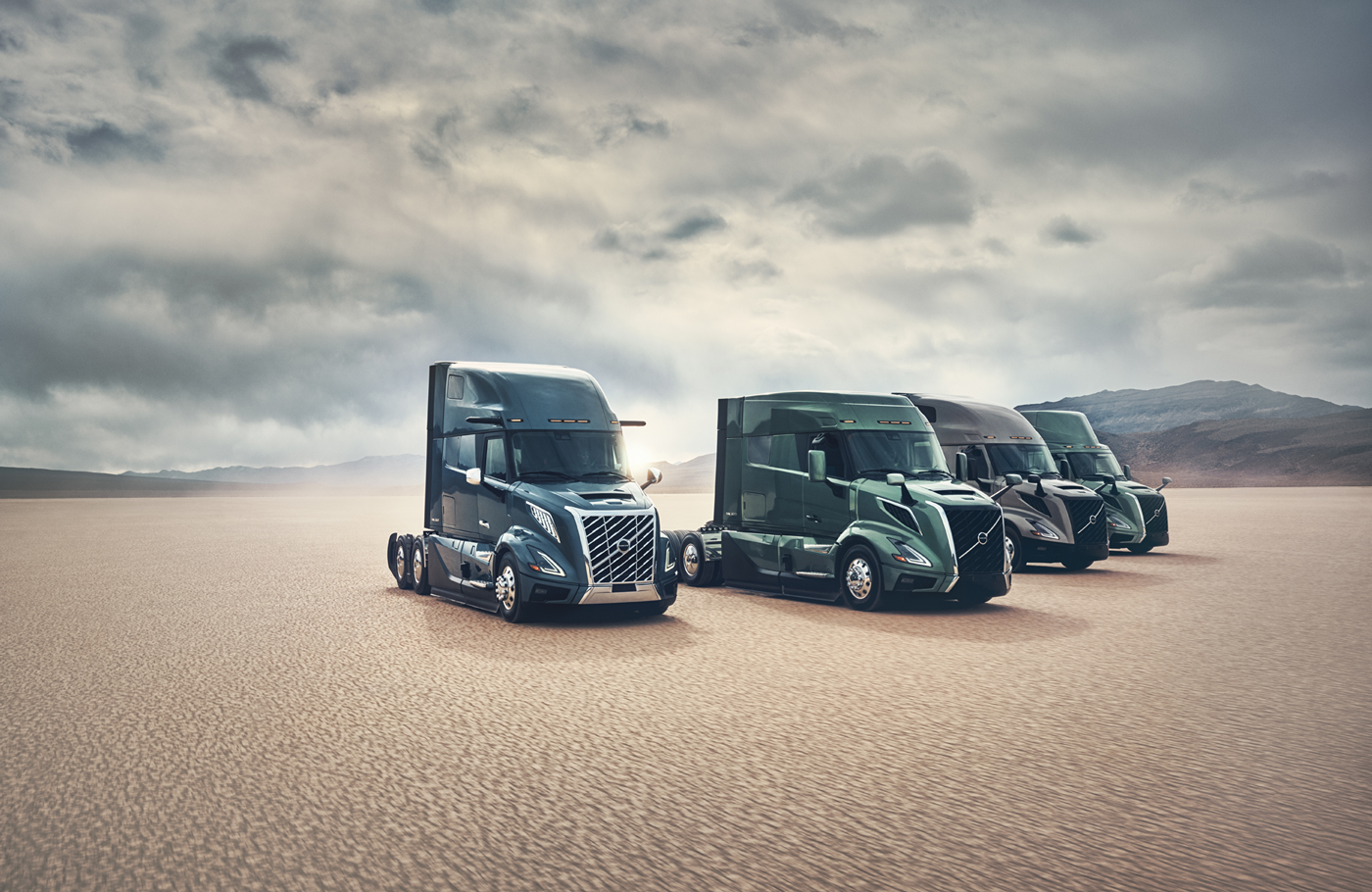
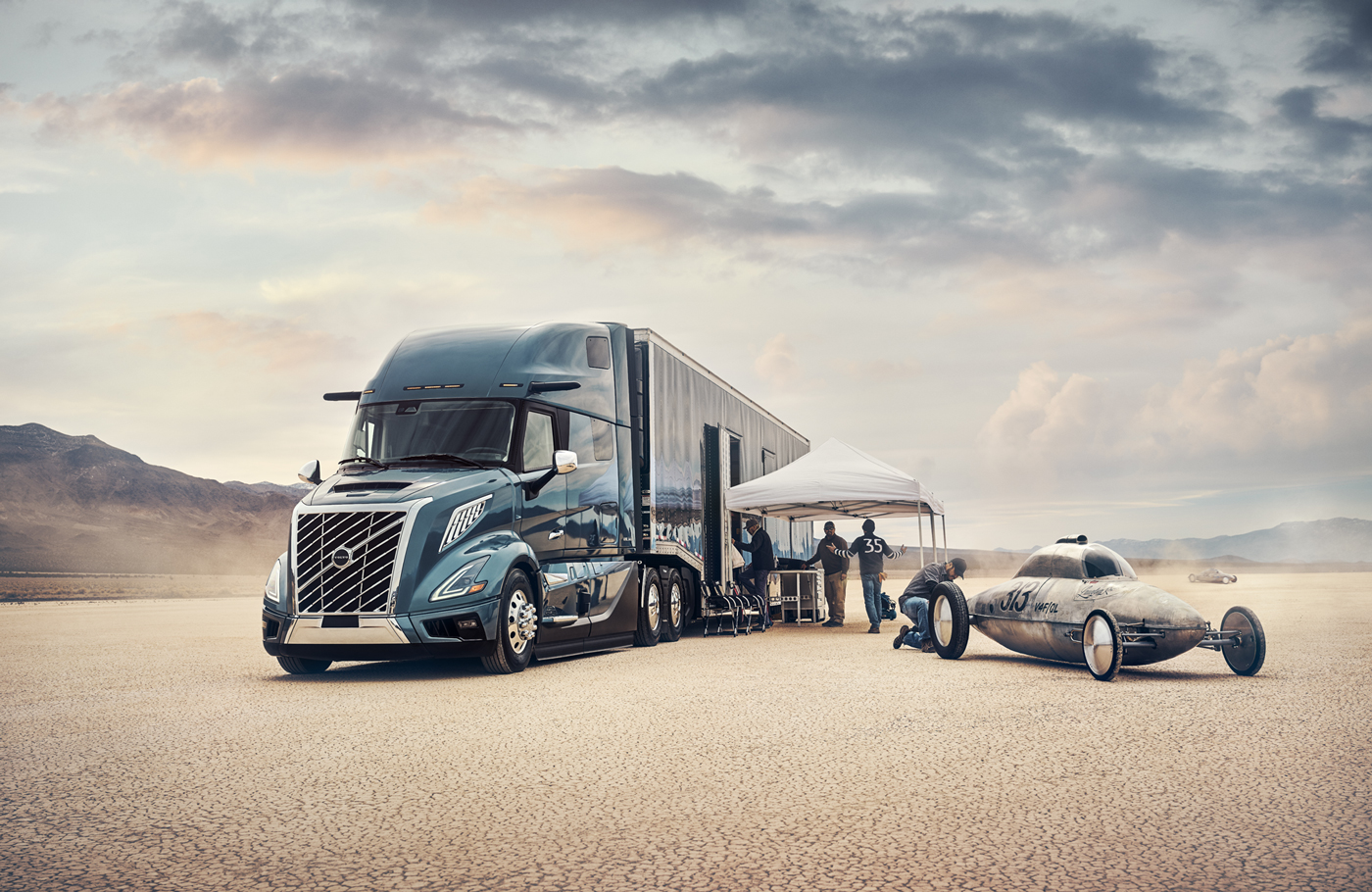
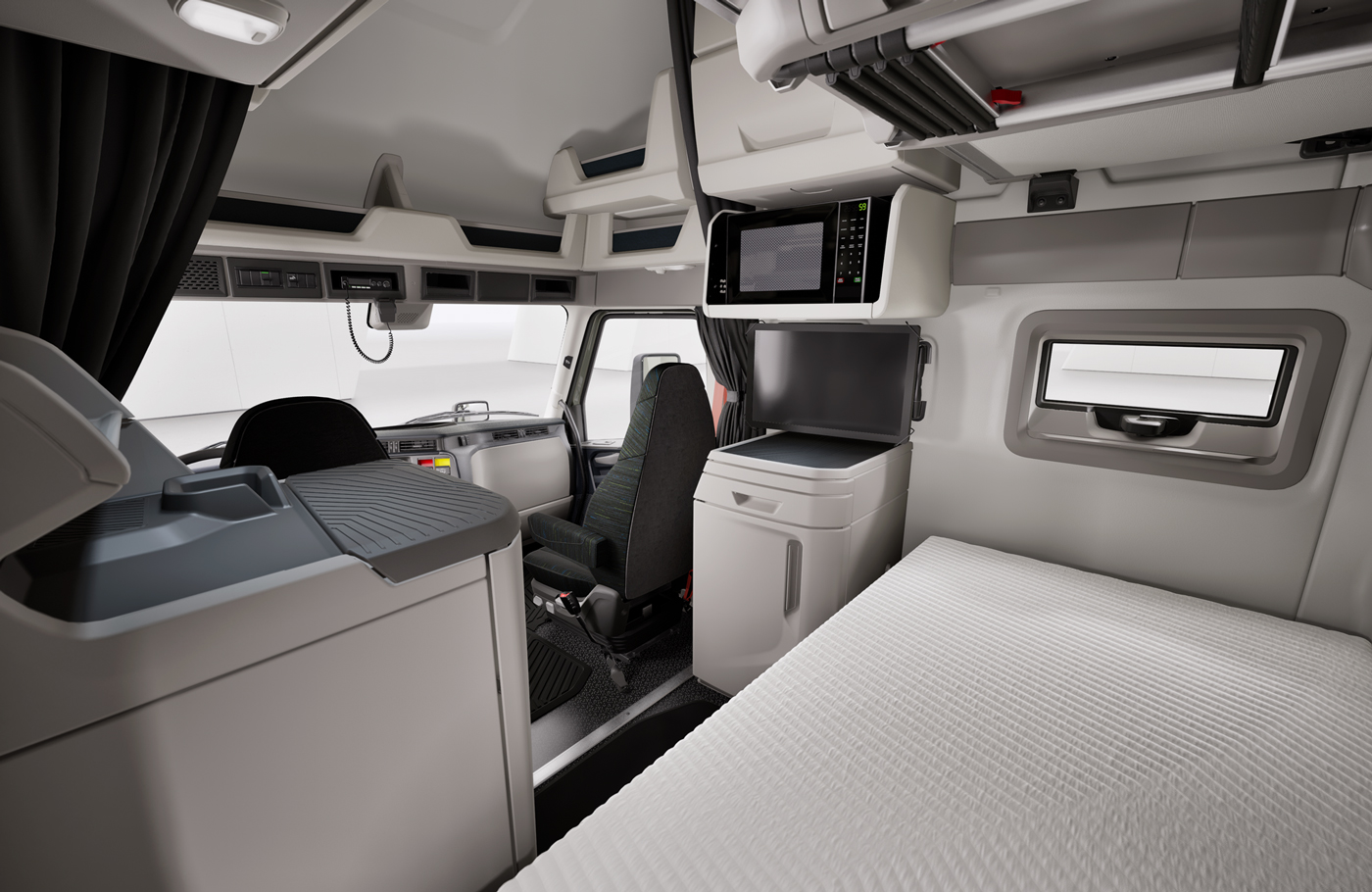
What’s it like to drive?
During our time in the United States, we got the opportunity to go for a spin in the new VNL – and it is a mighty impressive truck.
The Volvo VNL series offers a range of models to suit various needs, from day cabs to full-height sleepers. These models include the VNL 300 Day Cab, VNL 440 42-inch Mid-Roof Sleeper, VNL 640 62-inch Mid-Roof Sleeper, VNL 660 62-inch Full-Height Sleeper, VNL 840 74-inch Mid-Roof Sleeper, and the VNL 860 74-inch Full-Height Sleeper. We had the chance to drive the VNL 860, the flagship of the lineup: a massive, bonneted truck that embodies Volvo’s commitment to combining luxury with functionality.
The interior of the VNL 860 is simply stunning. Volvo has introduced four trim levels for the new models: Core, Edge, Edge Black Trim, and Ultimate. Our test truck was equipped with the “Ultimate” trim, both inside and out, which takes the concept of a premium truck interior to an entirely new level. The materials used are truly top-notch, making it feel more like a first-class than a business class cabin. From plush seating to carefully crafted finishes, everything screams luxury.
Inside the cab, storage options are plentiful, and Volvo has thoughtfully included wireless charging ports both in the front and back, which is incredibly convenient. The truck’s sleeping area is a marvel in itself. It comes with two bunks; while the top bunk is better suited for storage (its mattress isn’t the most comfortable), the bottom bunk is superbly cozy. It can be folded up to reveal a dining area, which can also double as a workspace. The truck also features a spacious fridge and spots for a microwave and television – essentials for any driver spending long hours on the road. Our test truck didn’t have these last two, but they would certainly be fitted in a working truck.
What it did have was remarkable insulation (much improved over previous models) and an impressively dark sleeping area. The windows are equipped with airplane-style shades that completely block out light. Add to that the truck’s highly efficient overlapping curtains with magnetic seals, and you get a cabin that can be plunged into total darkness. For those who travel through extreme climates, bunk curtains are available with an optional thermal barrier. This setup practically guarantees a restful sleep, which is a game-changer for long-haul drivers.
Under the bonnet, the VNL 860 doesn’t disappoint. The D13 engine is available in four horsepower ratings from 405 to 500hp, with three torque ratings ranging from 1,750 to 1,950lb-ft (about 2,372 to 2,644Nm). Our test truck had the most powerful version, delivering a smooth 500hp that effortlessly pulled a fully loaded trailer. The engineers at Volvo have also fine-tuned the I-Shift transmission, improving shift speeds by up to 30% to enhance fuel efficiency. The I-Shift has always been a favourite, and this latest version only solidifies its reputation as a top-tier transmission.
We could easily dedicate an entire article to the VNL’s safety features because it truly offers everything a driver could need. One standout is the Volvo Active Driver Assist package, which includes forward collision avoidance technology. This system helps drivers maintain safe speeds and distances with adaptive cruise control, along with audible and haptic (touch-related) alerts to ensure safe following distances. It also includes a new forward pedestrian detection feature that warns drivers of pedestrians or cyclists in their path and can activate automatic emergency braking when necessary. While we thankfully didn’t have to use these features during our actual test drive, we did experience them in a virtual reality simulation, and they are incredibly impressive.
Another favourite is the Volvo Dynamic Steering, which helps drivers maintain control and stability, reducing fatigue on long drives. The truck also comes with a fully integrated Camera Monitoring System that complements traditional side mirrors, offering a wider range of visibility. While the cameras alone could do the job, the side mirrors are still required by law in North America. Hopefully, these regulations will evolve to fully embrace the benefits of camera systems, which are far better for fuel efficiency.
The VNL 860 is incredibly hard to fault. Drivers will adore it – for a bunch of reasons. Transport operators will feel pretty much the same way – because it should save them a lot of money (and which transport operator doesn’t like that plan)? In the trucking industry, this is as good as it gets.
Published by
Charleen Clarke
focusmagsa




